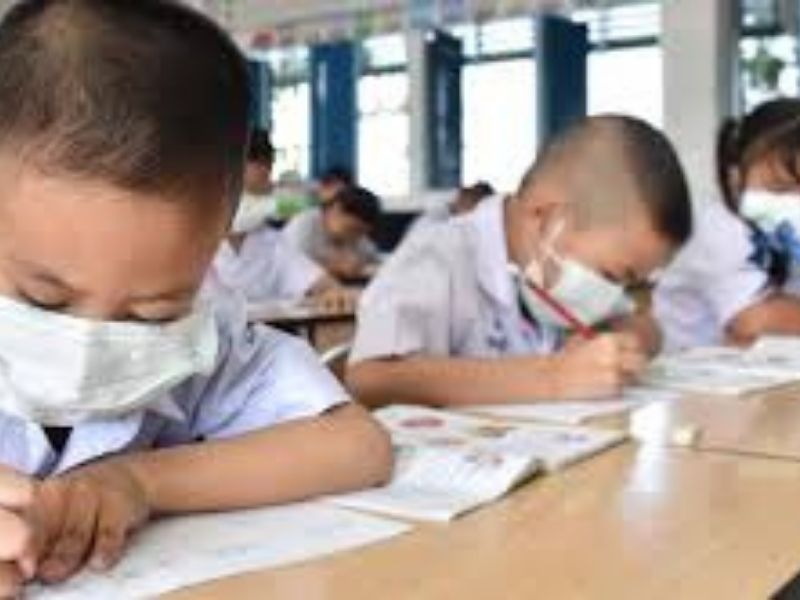117 million students, representing 7.5 per cent of the total student population, are still affected by complete school closures in 18 countries. The number of countries with partly open schools has declined from 52 to 41 over the same period. Schools have remained closed for a total period of 18 months in five countries, accounting for 77 million students. In all countries having experienced prolonged full school closures, education was provided through a combination of online classes, printed modules, as well as TV and radio lessons.
UNESCO, UNICEF and World Bank have joined forces under “Mission: Recovering Education 2021” to support governments in bringing all learners back to school, run programmes to help them catch up on lost learning and prepare teachers to address learning losses and incorporate digital technology in their teaching. Remedial action to accelerate the recovery of learning losses remains an essential component of national Covid-19 education responses around the world. Teachers and educators need adequate support and preparation. Connectivity and bridging the digital divide also remain key priorities in building the resilience of education systems and providing hybrid learning opportunities.
As part of the call to reopen schools, UNESCO has joined an 18-hour campaign led by UNICEF on social media channels, with a freeze on all content that is not education-related, starting on 16 September.
Since the onset of the pandemic, schools were completely closed for an average of 18 weeks (4.5 months) worldwide. If partial closures (by locality/educational level) are factored in, the average duration of closures represents 34 weeks (8.5 months) worldwide, or nearly a full academic year.
Prolonged and repeated class and school closures during the past two academic years have resulted in learning losses and increased drop-out rates, impacting the most vulnerable students disproportionately.
Schools in most countries have adopted some forms of sanitary protocol such as wearing masks, using hand sanitizers, improving ventilation and social distancing which were also key to re-opening schools last year. Some countries have also introduced large scale testing as well as temporary classroom and school closures when the virus is detected
Rising vaccination rates among both general population and teachers have been a key factor in reopening schools. The vaccination of teachers has been given some priority in 80 countries, allowing for the inoculation of some 42 million teachers. In a handful of countries the vaccination of students aged 12+ is also a factor in determining the full re-opening of schools. At the onset of vaccination campaigns, UNESCO and Education International urged countries to include teachers as a priority group in national rollout plans to curb the spread of the virus, protect teachers and students, and ensure the continuation of learning.
Also Read:Pandemic-induced school closures affected 25 crore Indian children: UNICEF
